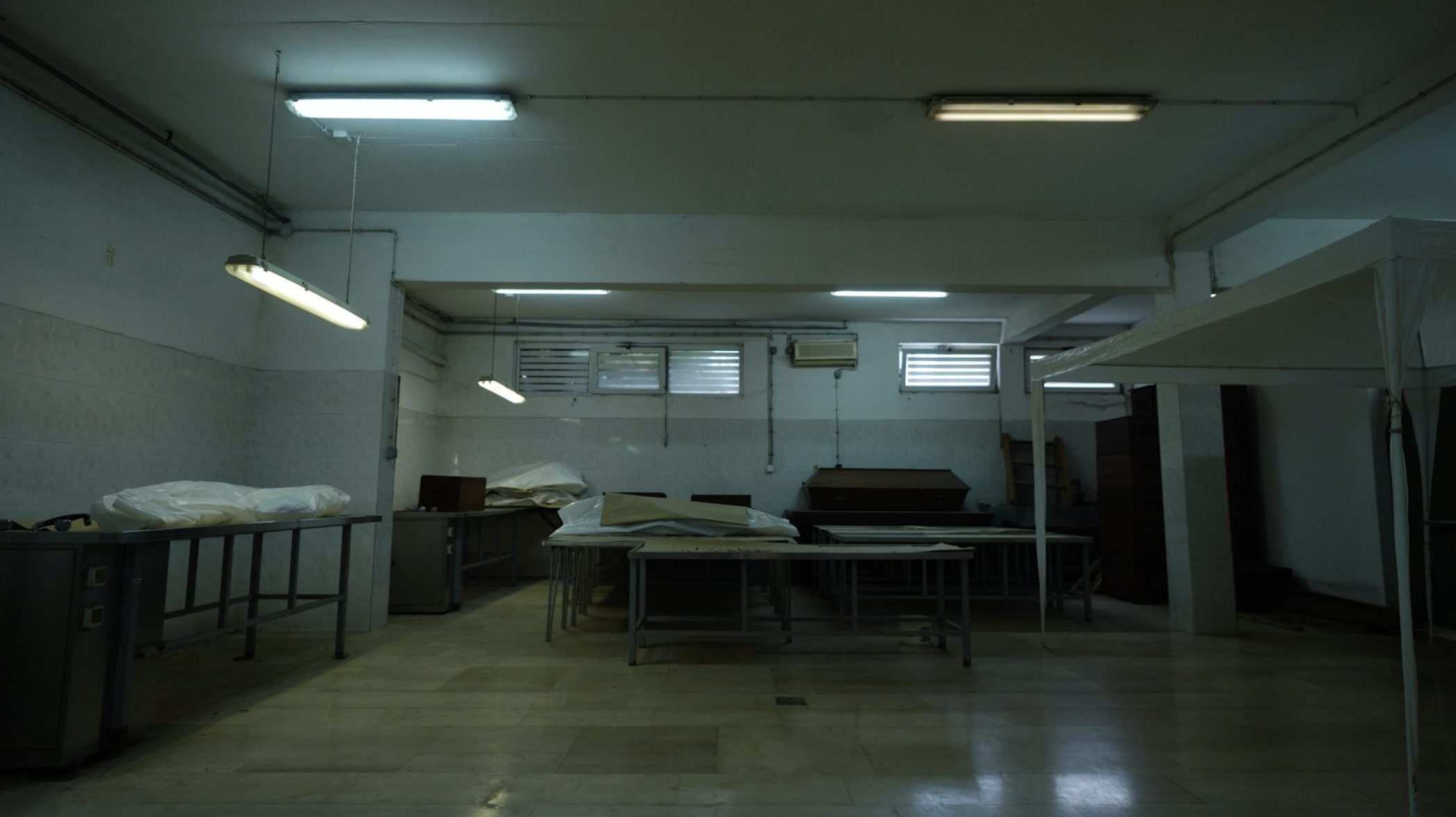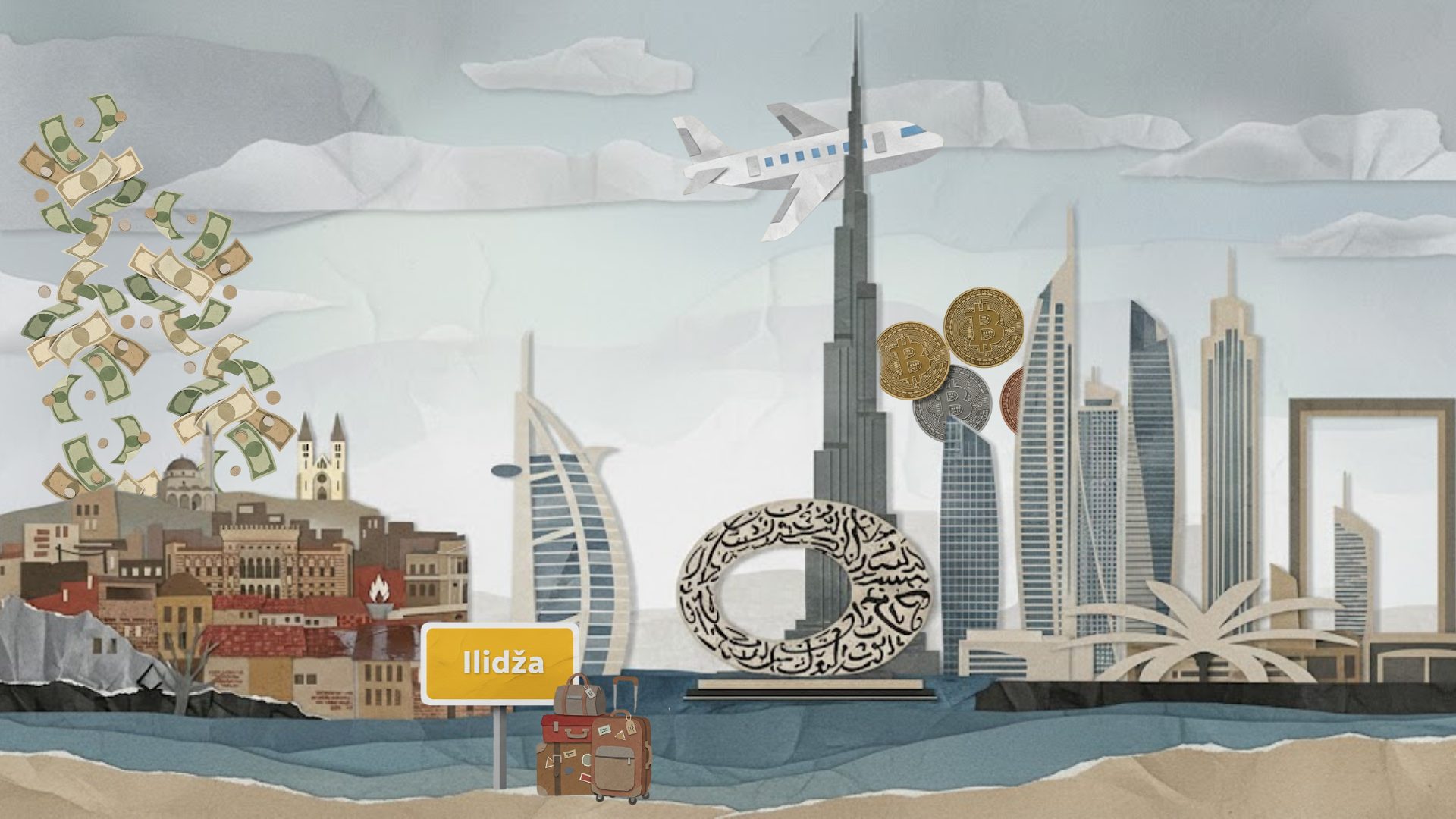This post is also available in: Bosnian
“A very, very dangerous man.”
This is how the former chief prosecutor of the International Criminal Tribunal for the Former Yugoslavia, Carla Del Ponte, described the fugitive she hunted for more than a decade in order to bring him for trial for the first genocide on European soil since the defeat of Nazi Germany.
This month, 22 years since it initially indicted former Bosnian Serb Army general Ratko Mladic for genocide and war crimes committed in Bosnia and Herzegovina during the 1992-95 conflict, the ICTY will rule on his role in these events, which caused the deaths of some 100,000 people and caused more than two million to flee their homes.
Mladic, now aged 74, was born in World War II; in 1943, in the Bosnian village of Bozinovci, some 70 kilometres south of the capital Sarajevo.
The child of a Yugoslav Communist Partisan family, Mladic lost his father as a three-year-old; he was killed in one of the last battles at the end of WWII. Mladic decided to follow in his father’s footsteps and went to military school in Belgrade.
At 22, he became an officer in Skopje, Macedonia, where he was the youngest member and commander of a Yugoslav People’s Army engineering unit.
His military skills were first put to the test at the very beginning of the break-up of Yugoslavia, when he was sent to Croatia to assist local Serbs.
In the spring of 1991, he arrived in the Croatian town of Knin, which was a Serb stronghold at the time.
“I serve the Socialist Federal Republic of Yugoslavia with my brother officers, in order to protect all nationalities and nations,” he told Serbian public broadcaster RTS.
By the time Mladic was appointed commander of the 9th Yugoslav People’s Army Corps in Knin in June 1991, the territory was already cut off from the rest of Croatia because rebel Serbs, who had declared the establishment of their Autonomous Territory of Krajina statelet in 1990, had blocked the roads around the town.
In August 1991, Mladic ordered an attack on the nearby village of Kijevo in order to lift a retaliatory blockade of Serb settlements by Croatian forces.
“In Kijevo, we fired on legitimate military targets. We didn’t destroy a single house simply for the sake of it,” Mladic told reporters afterwards.
But the Croatian prosecution believed otherwise. In July 1992, the county court in the coastal town of Sibenik sentenced Mladic to 20 years’ imprisonment for the attack on Kijevo, which left the village totally destroyed.
The events in Kijevo also an marked important development in the Yugoslav wars. Under Mladic’s command, Yugoslav People’s Army units, which at the beginning of the conflict in Croatia mostly separated warring Croatian and Serb sides, aligned itself with Serb forces.
According to the ICTY, that Yugoslav People’s Army attack on Kijevo on August 26, 1991 marks the moment when it openly took the Serb side in the conflict.
After the Yugoslav People’s Army seized the village, local Serbs entered and took over. This model was used all over the former Yugoslavia – in Croatia, Bosnia and Herzegovina and Kosovo. The units and military insignia changed, but the strategy remained the same.
Taking the fight to Bosnia
The war spilled over into Bosnia and Herzegovina the year afterwards, with many Bosnian Serb officers now leaving the Yugoslav People’s Army uniform for the newly-established, Serb-led Army of Repulika Srpska.
Serbian President Slobodan Milosevic didn’t want to be perceived as an aggressor at the time, and instead of sending his own troops, he decided to supply the Bosnian Serb Army with weapons and men, and make Mladic the main military strategist.
“When I took over my position… I tasked myself with gathering people and forming the command and headquarters… I knew immediately that a big historic event was going to happen there,” Mladic told Belgrade-based news weekly NIN.
The Bosnian Serb military chief’s right-hand man, General Manojlo Milovanovic, told the Hague Tribunal in 2013 that Mladic had warned his political leadership about the possibility of genocide on the day before the war broke out.
Milovanovic testified that Mladic told Bosnian Serb leaders in May 1992: “We cannot cleanse, we don’t have a sieve to sift so that only Serbs can stay, and others leave… I don’t know how Mr. Karadzic and Mr. Krajisnik will explain this to the world. This is genocide, people.”
Under Mladic’s command, the Bosnian Serb Army spread fear and death – the city of Sarajevo was shelled for more than three years, and towns like Foca, Prijedor and Visegrad were ethnically cleansed of Bosnian Muslims.
Mladic never conducted his campaigns in secret, and often allowed news cameras to film him walking around the cliffs overlooking Sarajevo, where the Bosnian Serb siege lasted for 1,425 days. The civilian population was systematically shelled and targeted by snipers, and there were shortages of food, water and electricity.
“Shell Velusici and Pofalici because there are not many Serbs in those settlements,” Mladic ordered on May 28, 1992, mispronouncing the Sarajevo settlement of Velesici.
“And shell the part near Dobrovoljacka Street, and up there around Humska street and up Djure Djakovica street,” he continued, in an audio recording that was played at his trial.
“Can you shell Bascarsija? Fire a salvo at Bascarsija. Keep the presidency and parliament buildings under direct fire. Shoot slowly, at intervals, until I order you to stop,” he added.
That night, many buildings in central Sarajevo were set ablaze. More than 100 wounded people were brought to the city’s hospitals in a matter of hours.
Those who stayed in the besieged city remember months spent living in fear, as people were killed queuing for water and bread, or running across bridges under sniper fire. Hospitals were shelled, along with museums and libraries.
Mladic was unrepentant. “I am just defending my people,” he said on many occasions during the war. He used the same line at his trial.
‘Protector of the Serbs’
Mladic freely admitted that offensives were “the main method of my warfare style”.
“My goal is simple – the protection of Serb territory and the people who have lived there for ages,” he often explained during the war.
In July 1995, just a few months before the conflict ended in Bosnia and Herzegovina, Mladic’s forces captured the eastern town of Srebrenica, which the United Nations had declared a “protected zone” two years earlier.
Mladic arrived in Srebrenica with a smile on his face, congratulating the soldiers who met him in the streets of the now-deserted town.
Cameras recorded the general’s movements and Bosnian Serb television reported on the “liberation” of the town, which tens of thousands of Bosniaks were then fleeing.
“Here we are in Serb Srebrenica on July 11, 1995,” Mladic said in the broadcast. “On the eve of yet another big Serb holy day, we are presenting this town to the Serb people. Finally, the time has come to get even with the Turks for the first time since the uprising against Ottoman rule.”
What followed was the mass murder of several thousand men and boys, which subsequent indictments and verdicts passed down by international and Bosnian courts have classified as genocide.
During the night of July 11 to 12, Mladic held three meetings at the Fontana hotel in Bratunac. The fate of the wretched people of Srebrenica was the subject of those meetings.
“You can either survive or disappear. In order for you to survive, I am asking all your men, who are armed, even if they committed crimes, and committed crimes against my people, to hand in their weapons to the VRS ,” Mladic told representatives of the people of Srebrenica who attended one meeting with members of the Dutch UN Battalion that was based there.
On July 12, Mladic arrived in the village of Potocari near Srebrenica, accompanied by a TV crew. The cameras filmed him distributing chocolate bars to children who had not seen such luxuries for years, and telling their parents not to be afraid because “nobody will do them any harm”.
“All of you who want to stay can do so. All those who want to leave this territory are free to do so. We have secured a sufficient number of buses and trucks for you,” he promised.
Mladic repeated the same message in a meadow in Sandici, in a hangar in Bratunac and at a stadium in Nova Kasaba, addressing captured Bosniak men and boys who were surrounded by Serb soldiers.
Instead, those who were captured or who surrendered were shot dead. According to the ICTY indictment of Mladic in 2002, “more than 7,000 prisoners captured in the area around Srebrenica were summarily executed from 13 July to 19 July 1995. The killings continued thereafter.”
On the run in Serbia
The war in Bosnia ended in August 1995 with the Datyon peace agreement; a month earlier, Mladic had already been indicted by the ICTY, although the arrest warrant was issued a year later.
Mladic pledged he would never surrender. “I can only be tried by my people,” he declared.
In 1997, Mladic moved to Serbia, together with a number of Bosnian Serb Army officers. During the war, the Serbian authorities provided Mladic with weapons, and in peacetime they gave him shelter.
He appeared to live freely, without fear of arrest, and went out to restaurants and football matches in the Serbian capital.
Until 2003, Mladic was protected by the Serbian military establishment, but when Belgrade adopted a law on cooperation with the ICTY, Mladic had to rely on a closer group of his Bosnian Serb military lieutenants, and then, in the final years before he was caught, on his family.
On May 26, 2011, police special forces went to the Serbian village of Lazarevo to raid a house owned by a relative of Mladic. They went into the house and then tried to enter one of the rooms, but someone was behind the door – an elderly man in a baseball cap.
“Who are you?” police asked.
“You have found who you’re looking for,” the man responded. “I’m Ratko Mladic.”
His arrest sparked huge protests in the Serbian capital Belgrade and various towns in Republika Srpska. His lawyers tried to postpone his extradition to The Hague on the health grounds, but their requests were denied, except one – a 40-minute visit to the grave of his daughter Ana, who killed herself in 1994.
Mladic made his first appearance in the ICTY courtroom in The Hague in the summer of 2011.
During his six-year trial, he often provoked war victims who were attending hearings, refused to comply with the judge’s orders and regularly complained about his health.
Mladic’s defence lawyers recently claimed that his health significantly deteriorated while he was in detention in The Hague, and suggested might be incapable.
They asked for the verdict to be postponed to determine if he was mentally and physically capable of participating in his trial. Prior to his arrest in 2011, he had suffered three strokes.
In court, he repeated his wartime assertion that he was just defending the interests of the Serb people – but the victims of his forces’ campaigns in Bosnia saw it differently.
Izudin Alic, one of the children from Srebrenica who Mladic gave chocolate to in July 1995 before the massacres started, told BIRN earlier this year that he sometimes asks himself if the former Bosnian Serb military commander remembers him.
“I often wonder about this, when I see him in The Hague. I wonder if he knew all those men would be killed… My father and uncle, all of them…” he said.
“What do I feel about him? Nothing! I am only glad that he was arrested and that he is on trial,” Alic added.
“He should answer for all that he did in Srebrenica.”




